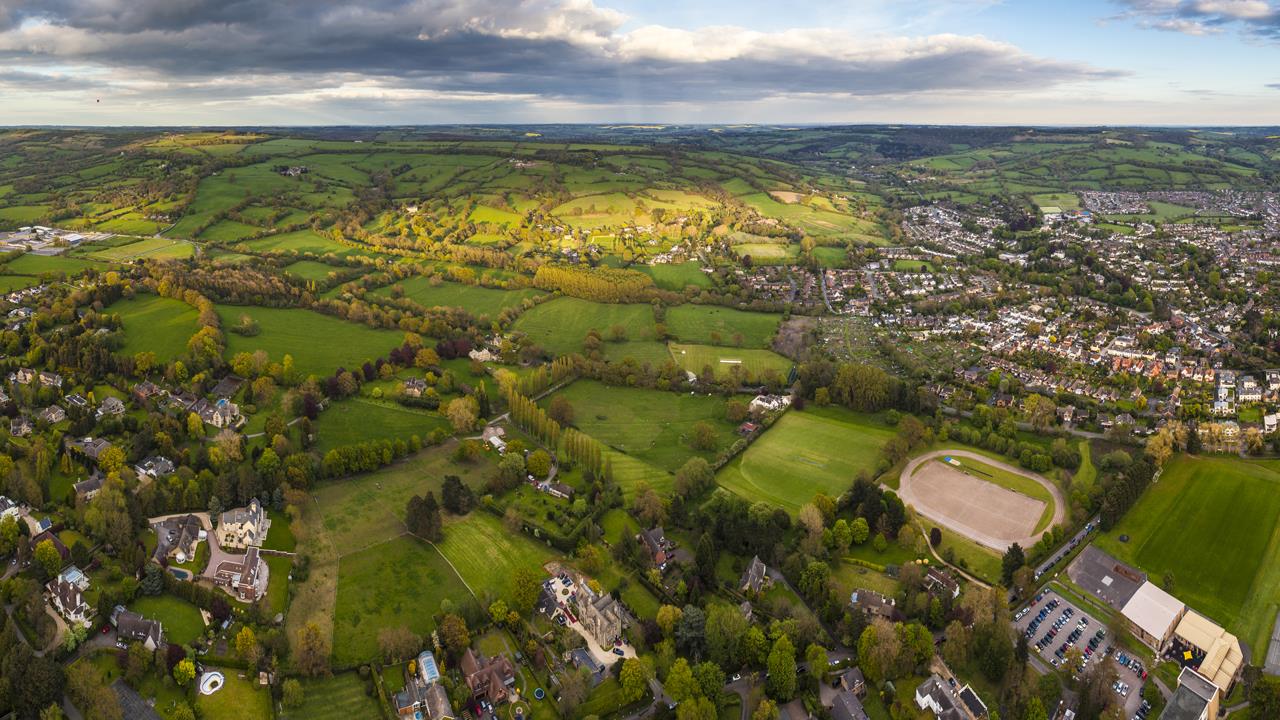


Karl Bateman, National Specifier Manager at Calor, sets out why he believes BioLPG paves the way forward in fuelling rural communities across the UK.
As part of the government’s plans to lower the country’s carbon emissions, it has made a commitment to phasing out high carbon fossil fuels such as oil and coal in the 2020s. This will have a significant impact on rural households that are not connected to the mains gas network, many of whom depend on these traditional fuels for everyday heating and cooking.
For installers, if oil boilers can no longer be installed, their earnings could be hit hard unless they can offer futureproofed heating systems. Let’s take a look at the alternative energy sources available and explain why LPG, together with BioLPG, offers an attractive route to decarbonisation for both homeowners and installers.
Making the transition
While electrical systems may seem like a simple solution for both newbuilds and existing properties, there are questions over whether our existing electricity grid can meet the load when demand is high, especially during winter months.
Retrofitting electric solutions to oil-heated properties, which tend to be older, would also involve major changes to their entire heating systems, making them an expensive investment.
In contrast, replacing an oil boiler with an A-rated LPG appliance is less costly and reduces the amount of disruption for the homeowner. In its current form, LPG already offers a low-carbon option for off-grid energy when compared to coal and oil, emitting 20% less CO2 emissions than heating oil.
Many rural homes already use LPG not just for heating and hot water but for cooking with an instant controllable real flame, and powering appliances such as tumble dryers and gas fires. As one of the best off-grid alternatives to mains gas, LPG can be used in the short term while we transition to even greener fuels such as BioLPG, ensuring that homes can continue to have a reliable and affordable fuel source without costing the earth.
What is BioLPG?
BioLPG (or biopropane as it is also known) is a renewable version of LPG. Currently, it is produced as a co-product of the biodiesel production process. BioLPG is made from a blend of waste, residues, and sustainably sourced materials. It is chemically identical to LPG and is compatible with all LPG products.
BioLPG is just as energy efficient as LPG and so does not compromise on performance. However, it is more environmentally sensitive and can reduce a customer’s carbon footprint for home heating by 38% compared to heating oil (at a 40% BioLPG to standard LPG blend), according to our research.
As it is compatible with all LPG products, it is a drop-in replacement fuel for all existing LPG heating systems. It is delivered in the same way as LPG, can be stored in a number of ways, and suitable for cooking as well as heating.
This means that if the end-user has already replaced their oil boiler with an LPG one, they can change to using BioLPG to decarbonise without a heavy financial burden. Don’t just take our word for it; according to a six-month independent study by In Perpetuum Partners, biofuels – of which BioLPG is one – offer the most cost-effective way to reduce carbon in rural areas.
Future supply
Sourcing and supplying BioLPG into the UK is a transition that has already started. The volume delivered so far is already enough to meet the demand of around 20% of Calor’s existing domestic central heating customer base.
Calor’s BioLPG is produced by Neste and is then supplied by us via our parent company – SHV Energy. It is manufactured in a custom-built production unit in Rotterdam and is a co-product of the NEXBTL biodiesel production process. However, the technical team are continuing to research new and efficient methods of production for the future, which will form part of the range of options available for rural UK.
Rural communities have a key role to play on our journey towards decarbonisation, which is why any future heat strategy must include a range of solutions to meet the vast array of housing stock in these areas.
Green gas offers a low-cost yet effective solution as part of the mix, and we are committed to bringing new, high-efficiency and low-carbon renewable fuels, such as BioLPG, to the rural energy market. In fact, we have an ambition of supplying only renewable fuels by 2040 – not only to help the countryside lower its carbon footprint but also create new revenue streams for installers.
If you'd like to keep up-to-date with the latest developments in the heating and plumbing industry, why not subscribe to our weekly newsletters? Just click the button below and you can ensure all the latest industry news and new product information lands in your inbox every week.